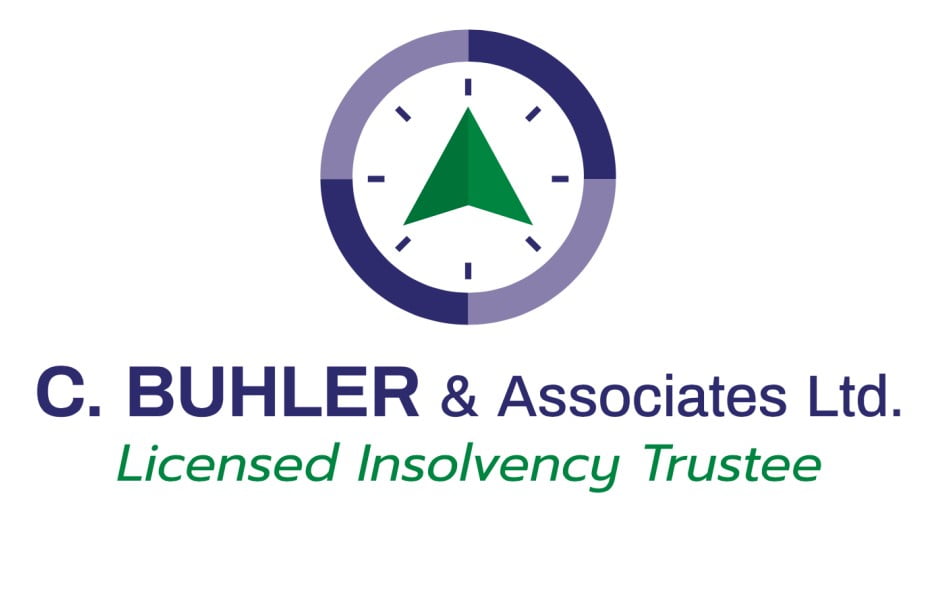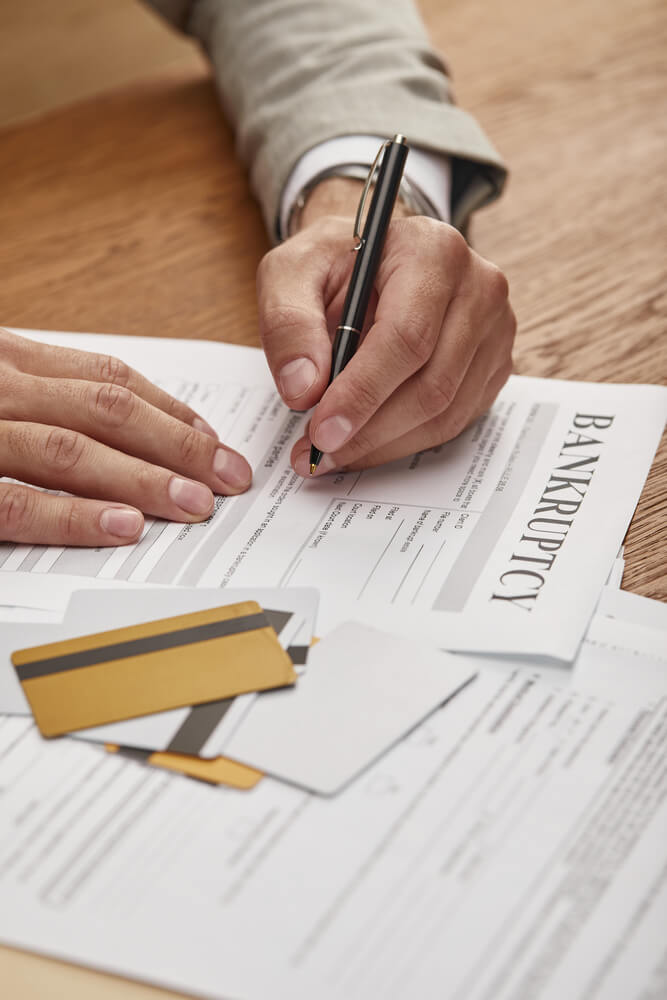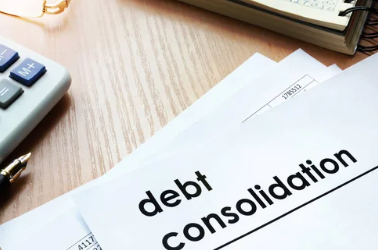In Canada, consumer proposals and personal bankruptcy are two common debt relief solutions. Both options can ultimately help you to move forward debt-free, but which (if either) is the right choice given your particular situation and circumstances?
Only a Licensed Insolvency Trustee (LIT) can definitively answer that question, but we’ve provided some information below to help you get started in the decision-making process. Have further questions after reading this post? Contact our office directly to set up a free consultation and get personalized bankruptcy or consumer proposal help.
What Is a Consumer Proposal?
A consumer proposal is a legally binding agreement between you and your creditors. Created and drafted by an LIT, it constitutes an official offer to pay your creditors some or all of the debt you owe them over a clearly defined period of time. An effective consumer proposal has the potential to reduce the amount of debt you owe, extend the length of time you have to pay it off, and/or freeze your interest. Creditors have a period of 45 days to accept or reject your consumer proposal.
Benefits and Advantages of Choosing a Consumer Proposal
With a consumer proposal, your LIT interacts with your creditors on your behalf and negotiates the terms of your debt repayment. The agreement protects you from debt collectors and wage garnishments as well as allowing you to keep your assets.
Eligibility and Requirements for Filing a Consumer Proposal
A consumer proposal cannot be used in situations where total debt exceeds $250,000 (excluding your mortgage) and must be completed within a five-year time frame.
To file a consumer proposal in Canada you must:
- Adhere to the terms and conditions set out in your proposal and make consistent monthly payments.
- Provide a list of all your assets and liabilities.
- Attend any meetings with creditors, as requested.
- Participate in two financial counselling sessions.
- Advise your LIT of any changes in your financial situation.
If the conditions associated with your consumer proposal are not met, the protection the agreement provides may be forfeited.
What Is Bankruptcy?
Personal bankruptcy is a somewhat more severe alternative to filing a consumer proposal. Overseen by an LIT, it involves exchanging (liquidating) your assets in return for protection from creditors and the legal elimination of your debts. During bankruptcy proceedings, your LIT will take control of your assets, investigate your affairs, and monitor your progress on an ongoing basis.
Benefits and Advantages of Choosing Bankruptcy
Bankruptcy isn’t the right option for everyone, but in many cases, it can provide the opportunity for a financial reset. Filing bankruptcy generally stops your bank accounts from being frozen and wages from being garnished.
Eligibility and Requirements for Filing Bankruptcy
To be eligible to file for bankruptcy in Canada you must:
- Owe a minimum of $1000 in unsecured debt, have an amount of debt that exceeds the value of your assets, or be unable to pay your current debts.
- Participate in two financial counselling sessions.
- File monthly reports on your income and expenses.
For a person filing bankruptcy for the first time, the bankruptcy process takes either nine or twenty-one months, depending on your income as well as other factors.
Comparing the Key Differences Between Consumer Proposal and Bankruptcy
Consumer proposals and bankruptcy are both common, legally binding debt relief solutions, but they are not the same. Let’s take a closer look at some of the key differences:
- Impact on Assets – Bankruptcy involves surrendering assets with equity to pay off debts, while a consumer proposal allows you to keep most or all of your assets intact.
- Monthly Payments and Cost Differences – Consumer proposal monthly payments are calculated, fixed and agreed upon at the time your proposal starts, while bankruptcy payments are determined based on your income and may change.
- Duration of the Agreement – A consumer proposal can last up to five years, while a first-time bankruptcy lasts nine or twenty-one months, depending on the circumstances.
- Reporting Duties and Requirements – No monthly reports are required with a consumer proposal. With bankruptcy, there is a requirement for monthly reporting on finances and budgets.
- Impact on Credit Rating – A consumer proposal remains on your credit report until three years after its date of completion or six years after its date of filing (whichever comes first). Bankruptcy remains on your credit record for a period of six years following your discharge date.
When To Choose Consumer Proposal and When Bankruptcy Is Better
Consumer proposals and bankruptcy filings both have inherent pros and cons. Your Licensed Insolvency Trustee will be able to advise you on the best approach based on your particular circumstances. Generally speaking, a consumer proposal is a more beneficial option for debtors and creditors alike, but it’s not always feasible for a variety of different reasons.
Seeking Professional Help To Make the Right Choice
Ready to learn more about which debt relief solution will put you on the most proactive route toward financial freedom? The dedicated, skilled, and experienced team at C. Buhler & Associates Ltd. is ready to help with consumer proposals and bankruptcy in Winnipeg and beyond. Contact us today to book your free consultation!





